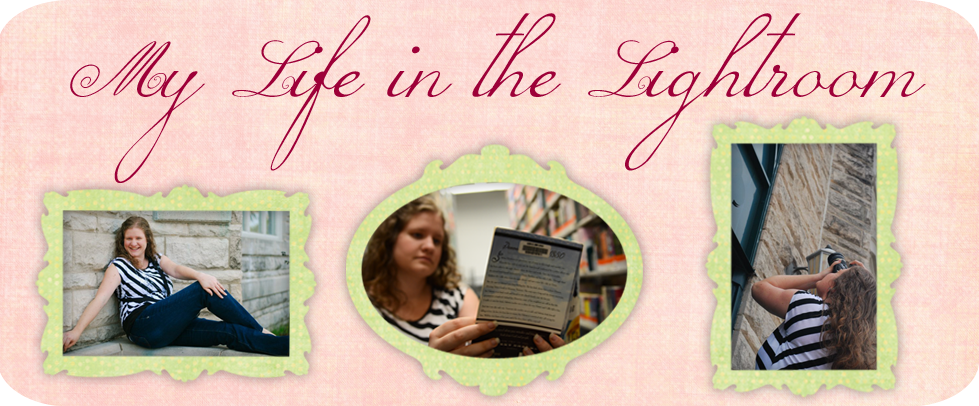Ok it's education time! Warning: This will get fairly wordy, but there's some illustrations too! This is a great tool for lesson 2 of the 2 Peas 12 week course!
Ok here's what you have to do for adjusting your shutter speed. There *might* be another way, but this is how I do it with my D3000.
Go to the "A" mode, and pick your aperture with the dial. Then switch to the "M" mode and adjust accordingly!
If your picture for the stop-motion comes out too dark, try putting your aperture as low (3.5, etc) as it will go. Now put it back in "M".
Ok, this is the tough part to explain. When you're looking through your viewfinder at your subject, on the bottom you will see something similar to this.
Your Meter:
This means your shutter speed is too fast and the image will come out dark.
This is the other extreme:
This means that your shutter speed is WAY too slow and your image will come out white because it will let in too much light.
This means your picture is going to be slightly more exposed.
And this is the ideal.
Ok the other factors:
Aperture. The more open your aperture (low numbers, like 3.5, 1.8, etc.), the more light will be let in quicker. So if you want to take a quick shot to stop motion, you want your aperture set low so that you can capture more light in a quick shot and stop the motion.
If you want to blur the motion, you want to set your aperture higher, and close the opening. This way you can slow your shutter speed without flooding your camera with too much light.
ISO. If you're working with a really bright outdoors setting, you want a lower aperture. This will affect how exposed the photo will be. You will increase your ISO for darker settings. Generally speaking, 400 is a good number to stick around. When indoors in slightly less well-lit areas, and 400 doesn't work, try 800.
Ok, wow now I get why afwells post are always so wordy!!! This is such a long explanation. I hope it helps you!!!!









No comments:
Post a Comment